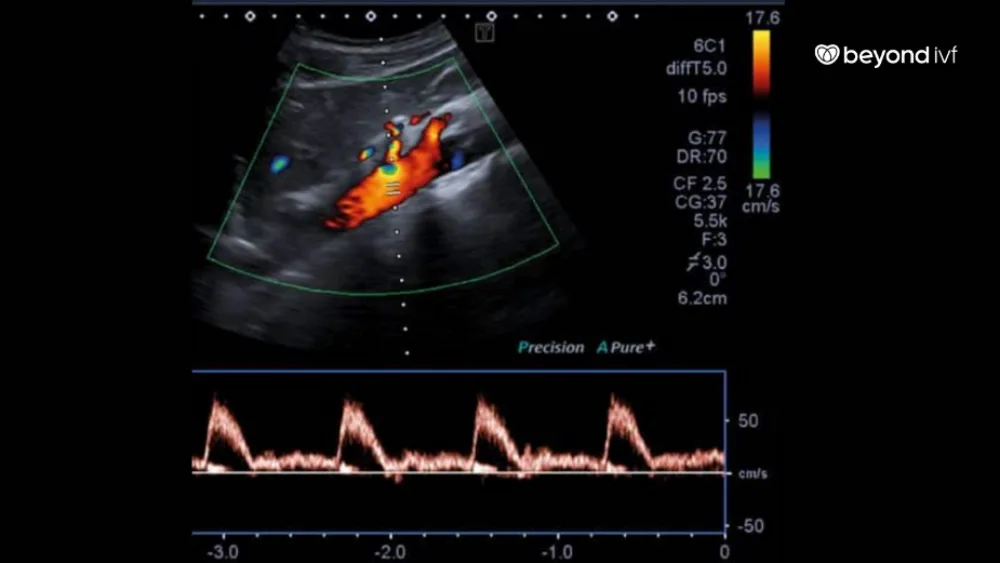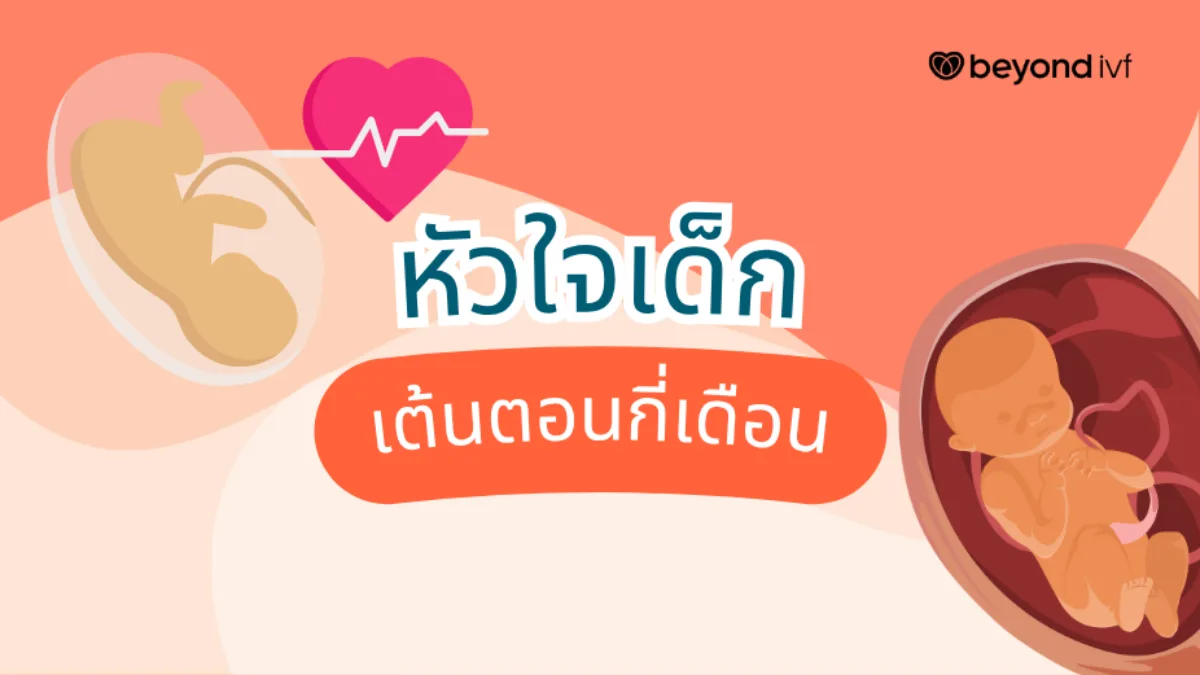How to listen to the fetal heartbeat
Real-time sonography is a type of ultrasound examination where images are created by emitting high-frequency sound waves to examine organs inside the body that cannot be seen by the naked eye, such as the heartbeat and movement of the fetus. This can be done once the pregnancy is at least 2 months along.
Ultrasonic Doppler is a high-frequency sound machine that doctors use to assess the health of the fetus. Using this machine, the fetal heartbeat can be heard from around 10-12 weeks of pregnancy.
A stethoscope is a simple listening tool that doctors can use to hear the fetal heartbeat from around 18-20 weeks of pregnancy. The doctor places the stethoscope on the abdomen, and the heartbeat can be heard as a steady, rhythmic sound.
Echocardiography is another tool that uses high-frequency sound waves to examine the heart's function and allows the mother to hear the fetal heartbeat as well. This method can be used as early as 48 days after the last menstrual period.

Fetal heartbeat listening positions
If the fetal presenting part is the buttocks, the heartbeat will be heard higher than the level of the belly button.
If the fetal presenting part is the head, the heartbeat will be heard lower than the level of the belly button.
If the occiput is positioned to the right front of the mother's pelvis, the most distinct place to hear the fetal heartbeat is at the lower right side of the mother's abdomen.
If the occiput is positioned to the left front of the mother's pelvis, the most distinct place to hear the fetal heartbeat is at the lower left side of the mother's abdomen.
Do the heartbeat rhythms of the mother and baby beat in sync?
For mothers and their babies, everything may seem connected, but in reality, the baby is another life inside the mother’s womb. Therefore, the mother’s and baby’s heartbeats do not always beat in sync. Around 8-9 weeks, the baby's heartbeat will be faster than the mother's, with the baby’s heart rate reaching about 175 beats per minute. This period also coincides with the time when most mothers have their first ultrasound.
If any women are concerned, they can consult with Beyond IVF or add Line @beyondivf for more information.




